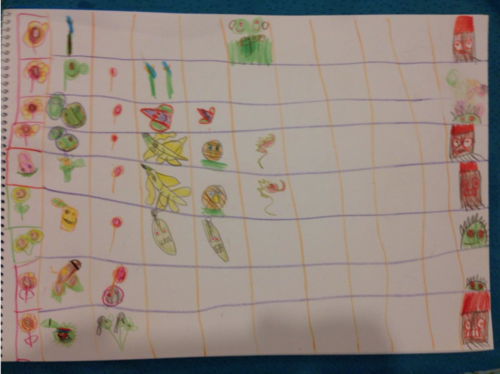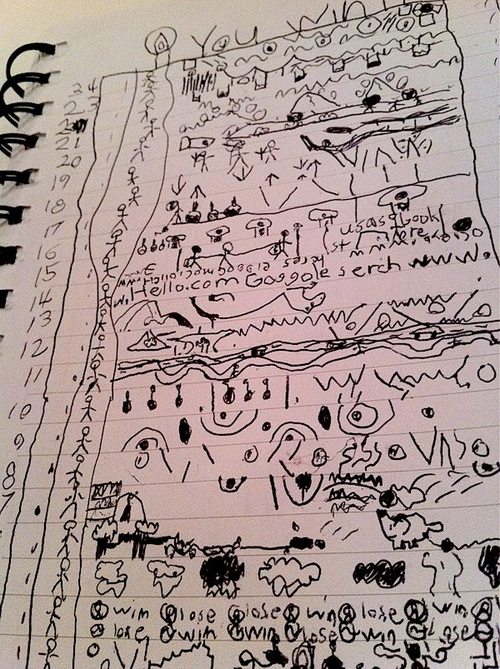Currently reading “Software Takes Command” by Lev Manovich, i’m fascinated by the part where he explains the lack of interest about the history of cultural computing by our cultural institutions and computer industry itself. He explains that a possible reason for this lies in the absence of profits from the old software by current companies, unlike, say, Hollywood which "continues to receive profits from old movies as it reissues them in new formats (VHS, DVD, HD, Blu-ray disks, etc)”. The most intriguing part corresponds to this affirmation that I find super intriguing:
"given that consumer culture systematically exploits adults’ nostalgia for the cultural experiences of their teenage and youth years, it is actually surprising that early software versions were not seen as a market opportunity.”
I guess that’s quite common in the video game industry, see for instance the release of yet-another-version of Eric Chahi’s Another World, but what about other types of software ? What would that entail ? Which software would you pick?
Why do I blog this? Thats looks like a good design fiction angle, and alternatively, a curious assignments for marketing students: how would you sell the resurgence of Quark X Press and Mac Paint ?


